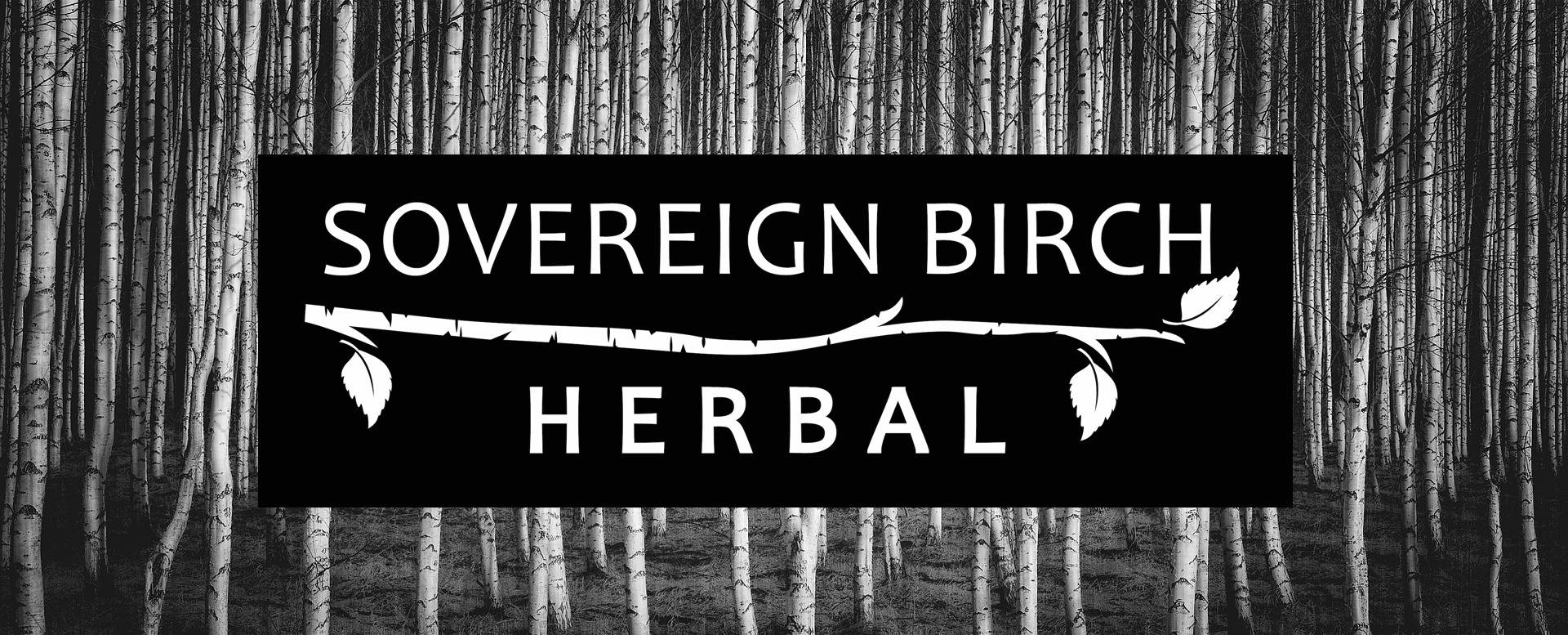The Basics
Botanical (Latin) and Common Name[s]
Matricaria recutita, M. chamomilla, of the Compositae family (previously in Asteraceae)
Chamomile, sometimes called Roman chamomile or German chamomile, though these refer to specific subspecies
Parts Used Flower
Taste[s]
Bitter, aromatic, sweet
Energetic Qualities
Warm, neutral
Tissue/Organ Affinities
Tissue: Cool/damp, Dry/atrophy
Organs: Nervous system
Digestive system
Reproductive system
Actions (Foundational and Clinical)
Draining, lymphatic, alterative, diaphoretic, vulnerary, antimicrobial, emmenagogue, astringent, stimulant, aromatic, sedative, antifungal, tonic , anti-spasmodic
Preparations
Infusion
Long infusion
Tincture
Wash
Contraindications and Cautions (if any)
Safe for everyone from children to elders, especially nice for children.
Occasionally one finds a person who is allergic to members of the Compositae family, but often they’ll know if chamomile doesn’t work for them, since the herb is ubiquitous.
Working with Chamomile
Chamomile, an herb familiar to many people as a tea that ‘helps you sleep’, is native to southern Europe but has naturalized in temperature zones around the world. A large, diverse genus with many species and subspecies, most chamomiles behave in roughly the same fashion and this monograph reflects that; this monograph does not much distinguish among Roman, German, and pineapple chamomile, for instance. The flowers are edible and are the part worked with medicinally. Chamomile’s popularity, wide-spread availability, and safety make it an accessible herb for folks new to herbalism or who might not otherwise have access to many herbs. Fortunately, chamomile is versatile, with effects on the nervous, digestive, and reproductive systems.
Chamomile’s most well-known effect as the tea that ‘makes you sleepy’ is a slightly misleading nervous system effect. Chamomile is a sedative, not a hypnotic; while a hypnotic will in fact make a person sleepy, sedatives make it so a person can no longer ignore the sleep debt they’re carrying. These days, that’s all of us. But chamomile is also helpful for the cranky child of any age who doesn’t want to go to sleep. (Chamomile also helps quiet the whining impulse, a particularly helpful action at bedtime, and “hands out hugs”, according to Henriette, helpful for those whose cravings for attention are manifesting in unhelpful ways.) In this way, chamomile makes a good ally for folks dealing with insomnia, especially at the point in which the frequency of insomnia has led the person to resist even trying to sleep because “what’s the point”. Chamomile is also indicated, according to Wood, for people struggling with nightmares or night terrors. Nightmares have always struck me as an intersection between sleep and anxiety; chamomile’s assistance with nightmares makes all the more sense then, given that anxiety is another nervous system concern that chamomile can address.
Nausea brought about by anxiety is another place where chamomile’s intersecting effects can been seen, this time between the nervous system and digestive systems. Chamomile has an anti-spasmodic effect here, soothing cramped guts brought about by allergen consumption, anxiety, or menstruation. Colicky babies can benefit from chamomile, as can children and adults dealing with gas or bloating. Chamomile also as a mild pain-relieving effect, according to Grieve and Wood, especially nerve pain and menstrual pain (this last one may also relate to chamomile’s action as an emmenagogue). As an anti-inflammatory, chamomile assists with stomachic ulcers and gut inflammation internally, and topically as a wash for wounds and skin issues. A room-temperature, well-strained chamomile rinse will also chase off conjunctivitis, if eyebright can’t be found. As a mouth rinse or gargle, chamomile’s anti-inflammatory properties can address gingivitis, tonsillitis, and laryngitis, according to Zevin.
Zevin also mentions Russian research that found chamomile stimulates the immune system’s white blood cells, and recommends chamomile for urinary, bladder, and kidney problems, noting that it will increase bile production in the liver. Given chamomile’s bitter qualities, most noticeable in a long infusion or tincture, the mild liver stimulation makes sense. Other Russian folk traditions for chamomile are as a wash for blond hair, and a divinatory tool similar to daisies in North America, in which a person picks petals off a chamomile while declaring “[Name] loves me; [Name] loves me not”, with the last petal revealing the truth.
I did not explore chamomile’s divinatory properties, but I did work with a short hot infusion nightly before bed. Chamomile definitely made it impossible to simply “power through” my tiredness or sleep debt (not that I didn’t try some nights), and oddly seemed to have the effect of increasing my dreams in a way I had before only associated with mugwort. With chamomile, however, I suspect this was more of a secondary benefit to sleeping better/more deeply, rather than a direct action of the plant. Chamomile also helped my partner get to sleep at bedtime on nights when they still felt very awake when bed prep rolled around. I also had a triple-infused tincture made by a friend that I worked with on nights when events kept me out later than my standard bedtime—bitter as hell, but very effective. Once, I took a dropperful, and immediately had a huge yawn afterwards, despite having felt wide awake the moment before! The opportunity to work with chamomile as a wound wash did not present itself, but years ago on the farm I worked with a chamomile rinse for both myself and another resident to deal with conjunctivitis without needing a doctor’s visit. I don’t recall how many chamomile washes it took to clear up, but it didn’t take more than a day or two.
“Chamomile” class notes. Apprenticeship 2017, Commonwealth Center for Holistic Herbalism.
Grieve, M. A Modern Herbal, vol.1. 1971, originally 1931.
Hoffman, David. Holistic Herbal: A Safe and Practical Guide to Making and Using Herbal Remedies. 1990.
Kress, Henriette. “German chamomile”. Henriette’s Herbal Homepage. 2017. ACCESSED: https://www.henriettes-herb.com/blog/hc-18-2017-chamomile.html
Swift, Katja, and Ryn Midura. Herbal Medicine for Beginners: Your Guide to Healing Common Ailments with 35 Medicinal Herbs. 2018.
Wood, Matthew. The Earthwise Herbal, Volume I: A Complete Guide to Old World Medicinal Plants. 2008.
Zevin, Igor Vilevich. A Russian Herbal: Traditional Remedies for Health and Healing. 1997.

